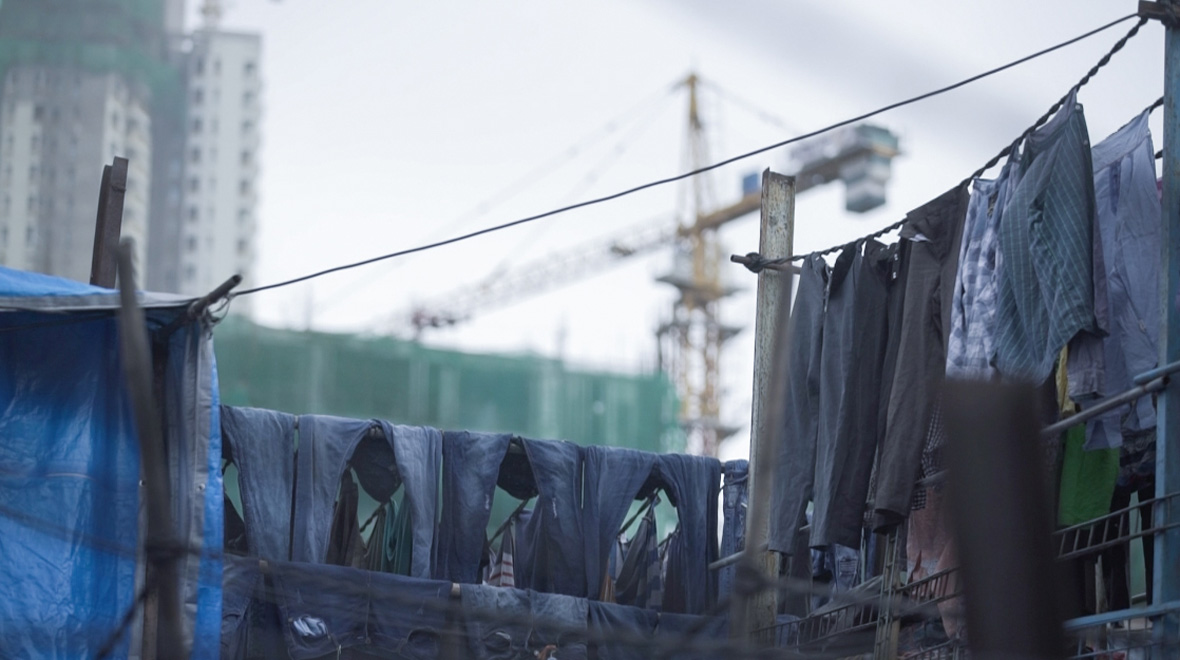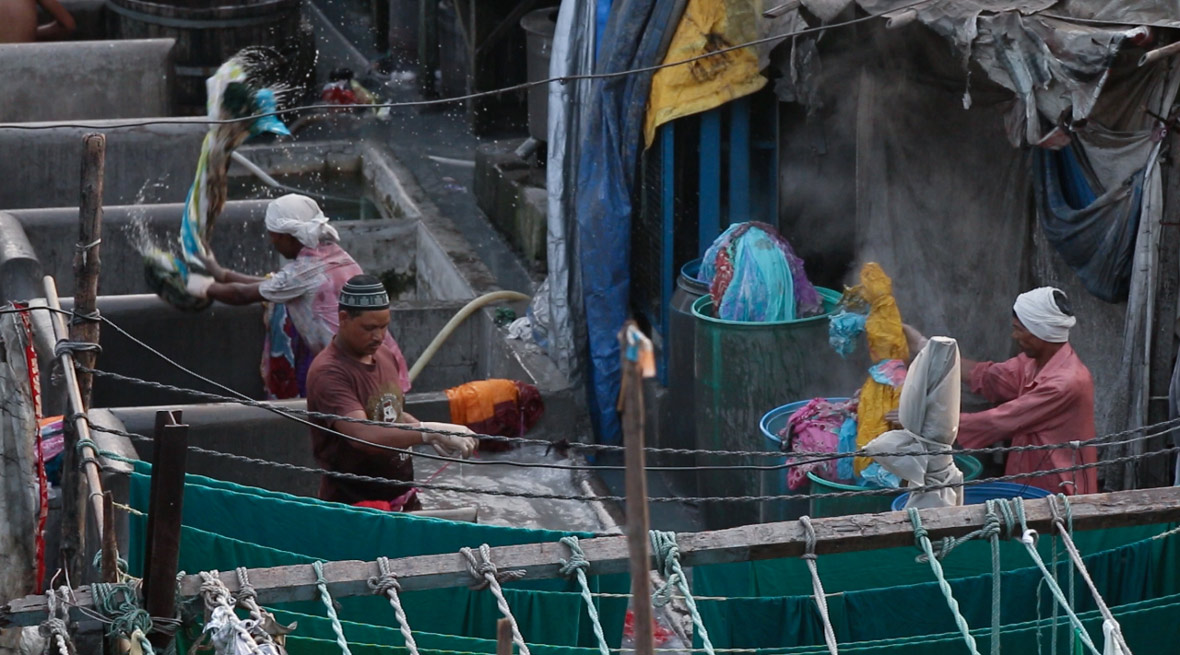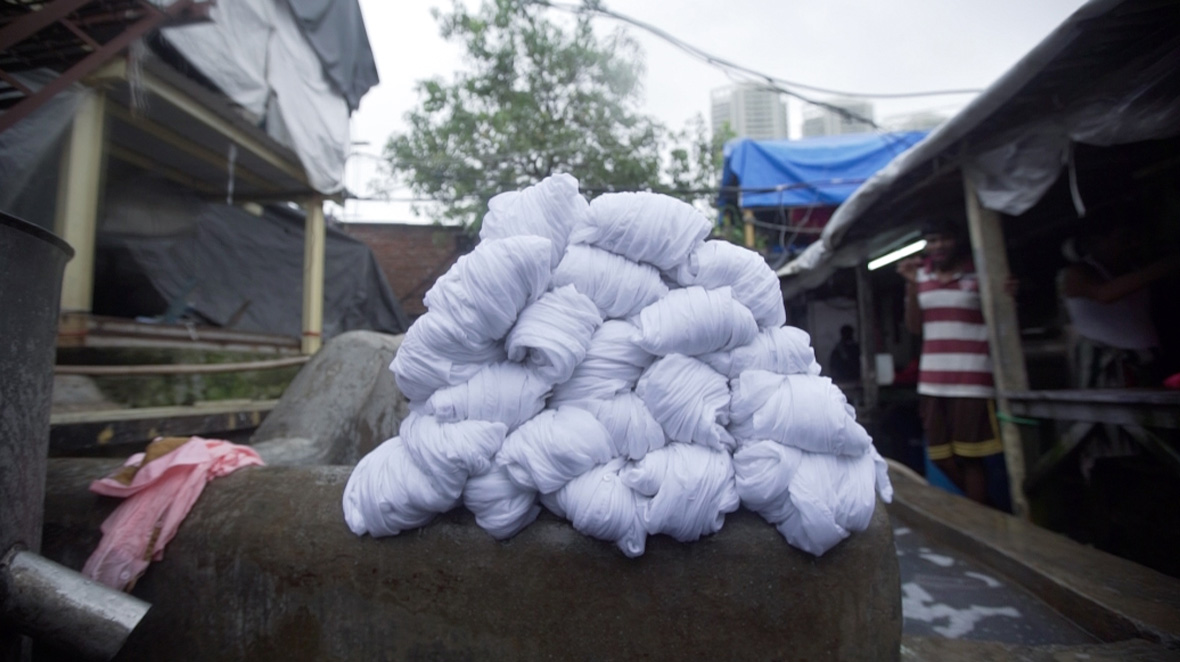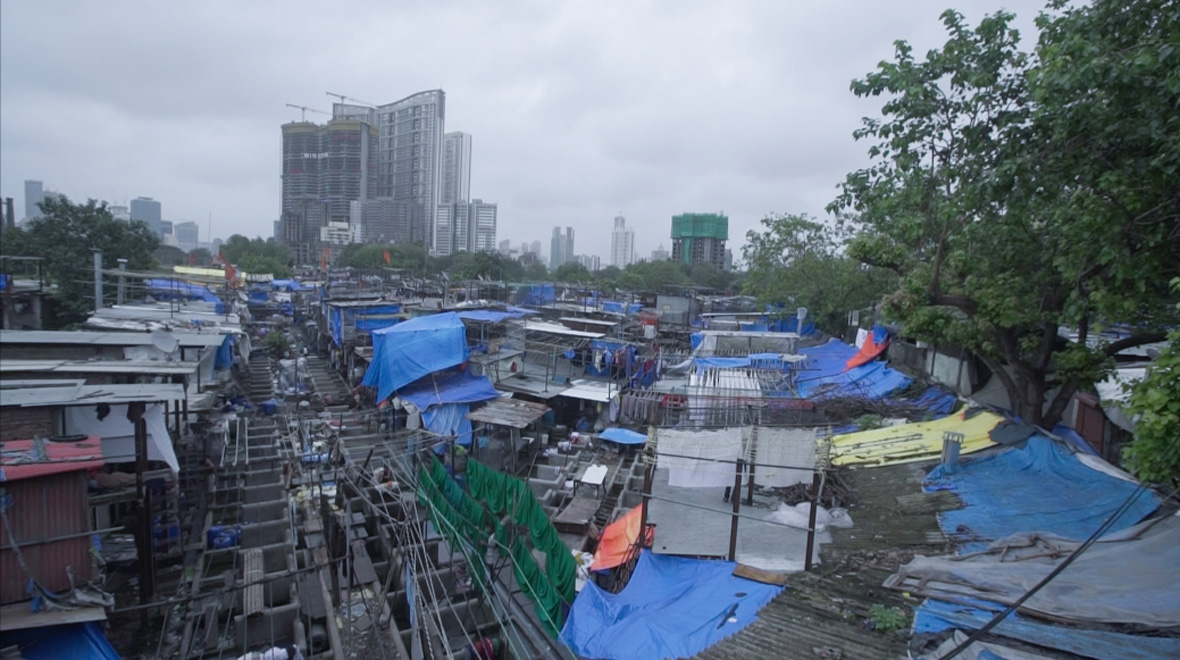无法观看?前往优酷
In India and nearby regions, the word dhobi refers to an artisan caste of washermen and women. When combined with the word ghat, which is defined as a set of steps leading to a river, it forms dhobi ghat, a term used in the region that refers to any place where washermen and women go to wash clothes. However, more often than not, when people mention dhobi ghat, they’re talking about the most famous one of them all – the Mahalaxmi Dhobi Ghat, which has been dubbed as the largest open-air laundromat in the world.
在印度和周边地区,“Dhobi”是“洗衣工”的意思,而“Ghat”则是“河坛”,指的是一系列通往河流的台阶。这两个单独的词组合在一起时,就成了“洗衣工河坛”——“Dhobi Ghat”,指任何洗衣工(和女工)一起洗衣服的地方。但很多时候人们提及 Dhobi Ghat 时,往往联想到的都是最有名的马哈拉施特拉邦洗衣坊(Mahalaxmi Dhobi Ghat),它也是世界上最大的露天洗衣坊。
Built in Mumbai during the 1890s to cater the laundry needs of the British and Parsi population, Dhobi Ghat has stood the test of time and remains in operation even after 120 years. The wash pens are comprised of over 700 interlocked grids, and within the patterned geometry of these concrete enclosures, an army of men and women are hard at work, washing away; above them, an array of colored fabrics are hung out to dry, gently swaying to the rhythm of the wind.
位于孟买的马哈拉施特拉邦洗衣坊,建于 1890 年代,最初是为了满足当地英国人和帕西人(Parsi,来自古代波斯地区的移民及其后裔)的洗衣需求而建造的。即使饱经了 120 年风雨沧桑,这个露天洗衣坊如今仍在运作。700 多个混凝土制成的洗衣池纵横交错,形成 Dhobi Ghat 洗衣坊的网格状结构。在洗衣池的几何网格中,男男女女组成的洗衣工大军正努力清洗衣服;在他们上方,五颜六色的衣服被挂出晾干,随风轻轻摇曳。
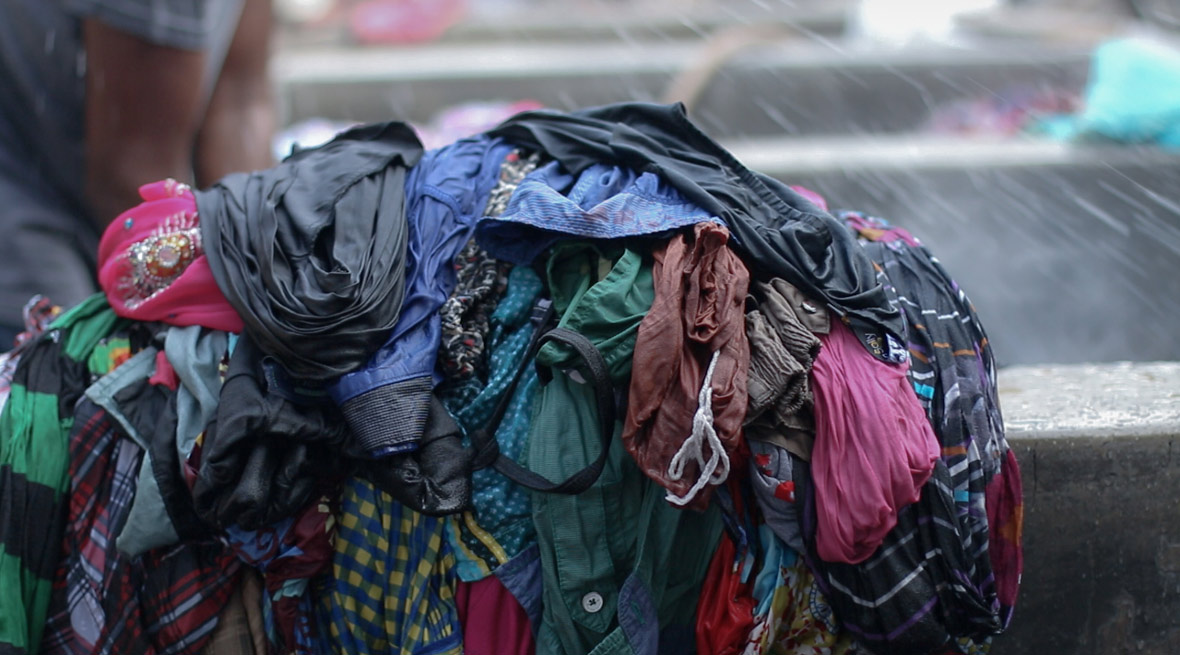
Washing machines are in common usage throughout Mumbai in modern times, but over 100,000 garments are still hand washed in Dhobi Ghat daily. From government services to private businesses, clothing is ferried in throughout the day from different locations across the city to be soaked, cleaned, slapped on flogging stones, dried, and ironed before being delivered back to the respective businesses and households.
即使是洗衣机在整个孟买都很普遍的今天,每天仍有超过 10 万件衣服会在 Dhobi Ghat 的洗衣坊进行手洗。从政府部门到私营企业,这里会全天候地收到从孟买各地运来的需要清洗的衣服。随后,洗衣工人先将它们浸泡、清洗,再在石头上敲打,然后烘干、熨烫,最后洗好的衣服就会被送回各家公司或家庭。
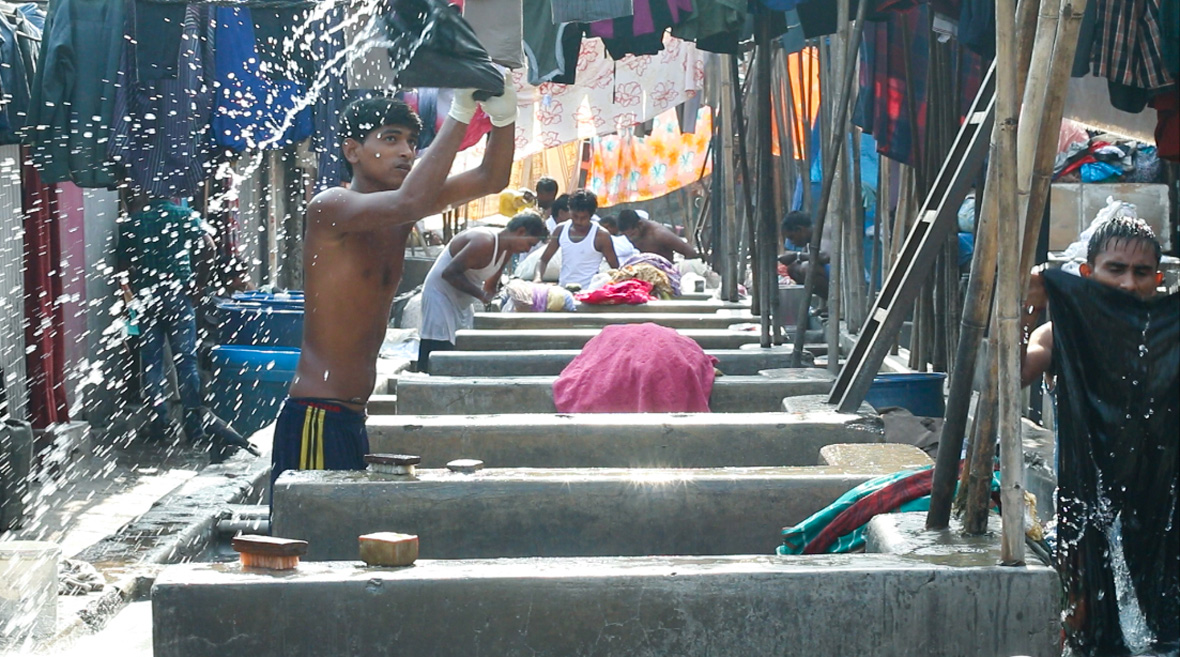
Despite the opportunities and historical significance of Dhobi Ghat, the plot of land that it sits on is regarded as prime real estate. In a rapidly developing Mumbai, many opportunists see the aging neighborhood as nothing more than a nuisance that’s preventing good money to be made. The wash pens of Dhobi Ghat is protected as a heritage site, but the surrounding neighborhood isn’t as fortunate. Over 200 families are still living in Dhobi Ghat but certain areas of the neighborhood have already been demolished.
“This is the 3rd generation of my family living here,” says Bala, a 20-year-old dhobi living in the neighborhood. “I work here in the morning and then go to college later in the day. This place has helped my family sustain a livelihood.”
尽管 Dhobi Ghat 洗衣坊拥有着很多机会和历史意义,但对快速发展的孟买城市来说,它所在的这块土地被认为是房地产开发的黄金地段。许多机会主义者认为,这个老龄化的街区不过是个妨碍赚钱的麻烦罢了。虽然现在 Dhobi Ghat 的洗衣池已经被作为文化遗产保护起来,但周围街区却没这么走运了。如今,在 Dhobi Ghat 洗衣坊地区附近依然生活着 200 多户家庭,但该地区的许多楼房已经被拆毁。
20 岁的洗衣工 Bala 就生活在这片地区。Bala 说:“我们家三代都在这里生活。我白天在这里工作,晚些时候再去大学上课。正是因为这洗衣坊,我的家庭才得以在这座城市里维持生计。”
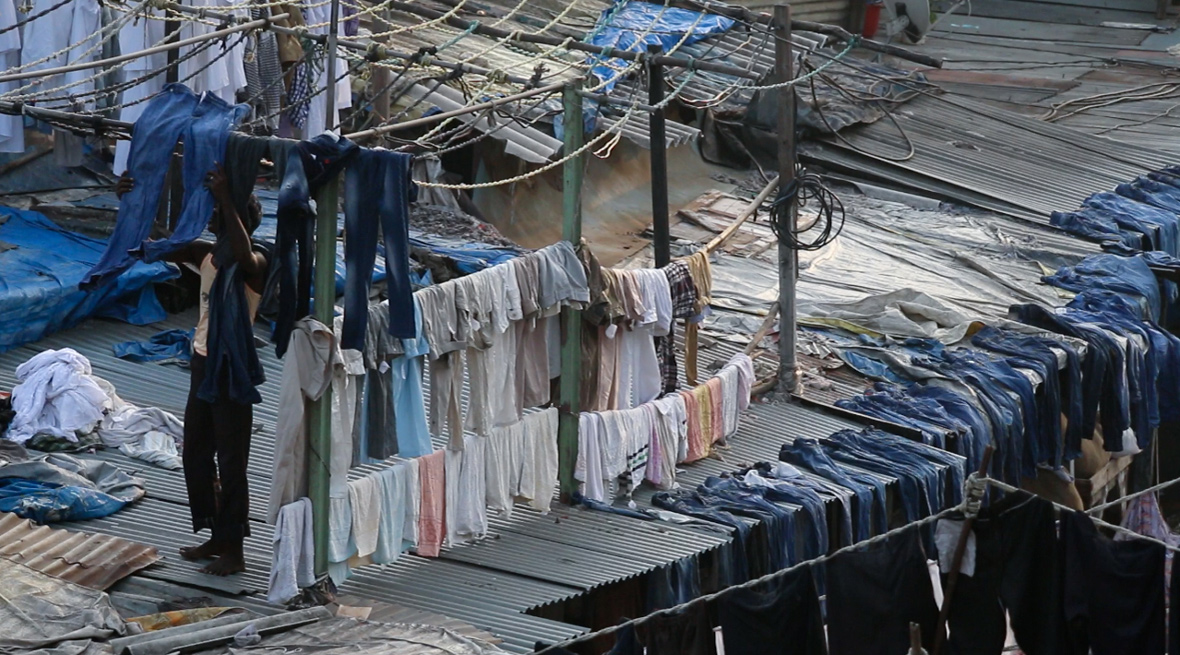
One of the best vantage points of Dhobi Ghat is from an overpass directly above the wash pens where you can observe the washermen below, all moving with speed and purpose like a beautiful, choreographed dance. However, from the same vantage point, Mumbai’s growing skyline looms in the distance, casting a solemn gaze at the dilapidated housing before it, almost as if willing Dhobi Ghat to succumb to the forces of modernization. As greed and modernization continue encroaching on traditional ways of life, those still living in Dhobi Ghat face an uncertain future.
参观 Dhobi Ghat 的最佳地点之一,是在洗衣池正上方的一座桥。在那里,你可以俯瞰整个洗衣坊,洗衣工穿梭来去,像一组美丽且有序的舞蹈。而同样地,站在桥上,你也能看到孟买迅速崛起的城市天际线在远处若隐若现,它的光芒笼罩住面前破旧的房屋,就好像要让 Dhobi Ghat 洗衣坊屈服于现代化的力量一样。人们对财富的贪婪,加之现代化的逐步侵蚀,让这些还在 Dhobi Ghat 洗衣坊努力维持生计的人们,不得不面对难以确定的未来。
